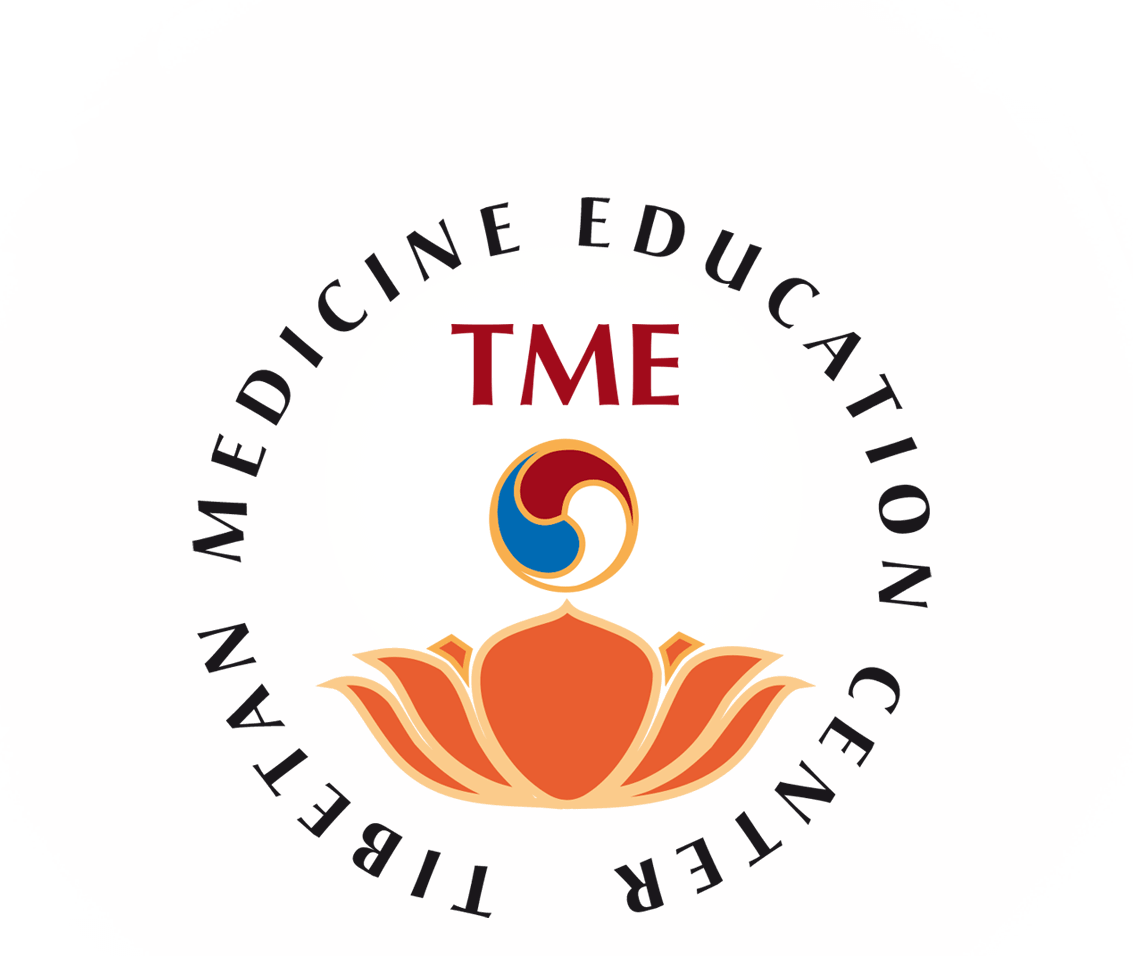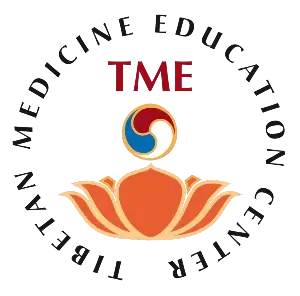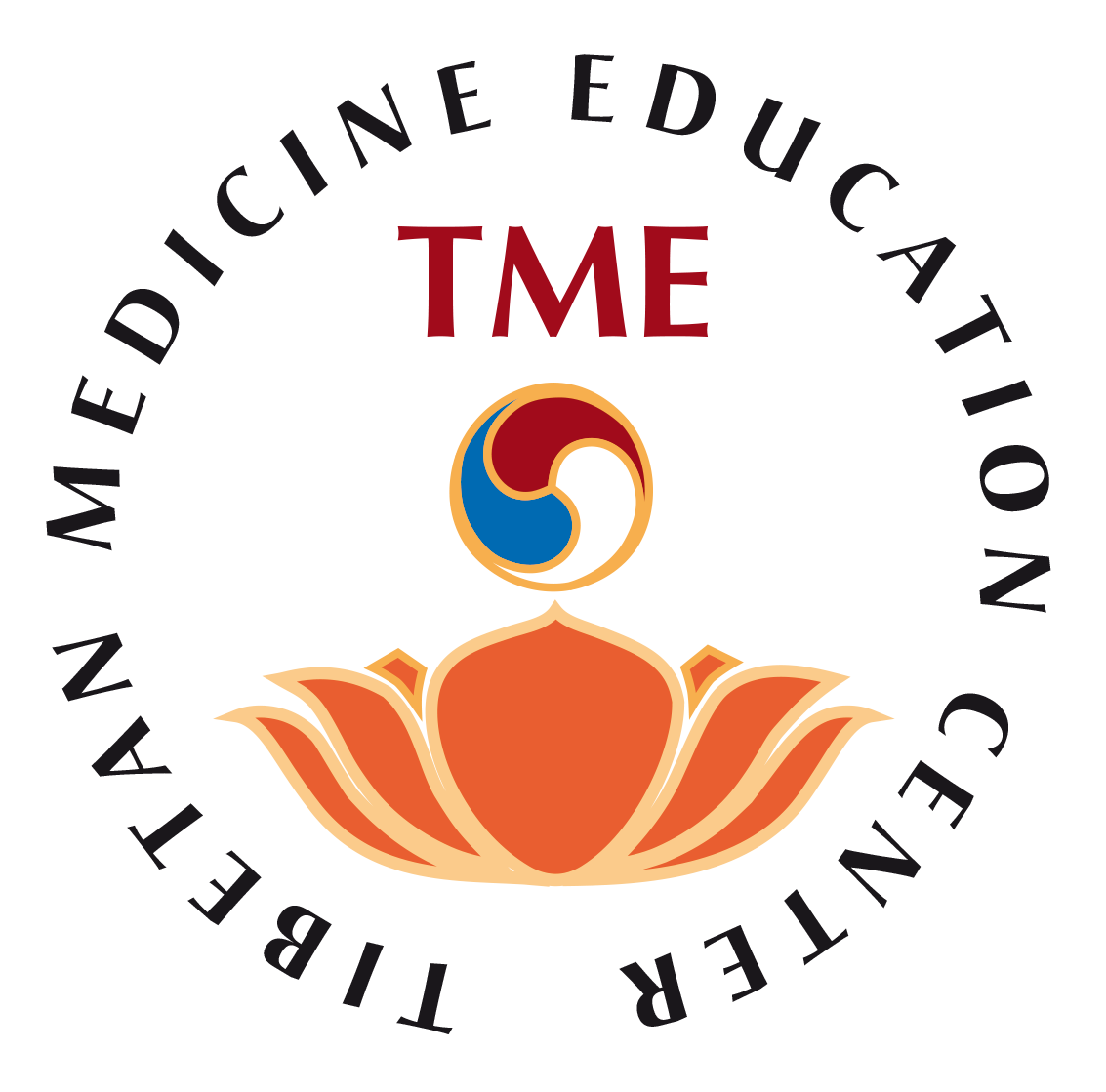Tibetan Embryology
Tibetan Embryology Part I

Teachings on Tibetan Medicine, Dr. Pasang Y. Arya
Embryology (Chhagstshul-rigpa)
Embryology is described in the second tantra and elaborated in its commentaries. It is especially detailed in the dGahvo-mngal’juggi-mdo, the ‘sutra of conception‘ expounded by Buddha to his disciple Ananda[1]. Some information also taken from the tantras gives light and clarifications. Therefore the Tibetan embryology is remarkably detailed and full of information concerning the body/mind, energy and subtle anatomy.
Conception (mNgaldu-rnamshes-‘jugtshul)
Life and body begin their development right after the conception in the mother’s womb, where the five basic and subtle elements start to be transformed into the physical body. According to the conception theory, the Bardo consciousness and the two parents are brought together by the emotion of the Bardo consciousness. When the Bardo consciousness sees the scene of a couple having sexual contacts, it also feels emotions, and desires to touch or hug the woman or man according to its karmic background. If the Bardo consciousness is going to get a female body in this next life, it feels attraction for the man and jealousy against the woman, while if the Bardo consciousness is going to get a male life, it feels desire to hug and touch the woman and hate for the man. At that time, the Bardo consciousness does not actually know who this man and woman are, and that they are going to become its future parents. At that moment of hugging or touching with emotion, the Bardo consciousness enters through one of the father’s nostrils and goes along with the breath to eventually reach sperm. The sperm and consciousness finally joins with the ovum. At the union of mind and matter, the state of mind is described in tantra as a great bliss and ecstasy, and this meditative stage is called ‘great absorption stage’. If the child is going to be male, the consciousness enters through the right nostril of the father, while for a female it enters through his left nostril. However, after that, the Bardo consciousness falls into coma or loses consciousness. It remains in this state of fainting until the 25th week after the conception.
The force of karma drives the power of attraction between the two parental physical energies and the consciousness; it is like magnet and iron, or earth and sky. On the 25th week, the child’s respiration (through the mother) starts and the sense of feeling begins. The consciousness wakes up on the 26th week and remembers some experiences of the past that happened during Bardo and even past lives. Due to the different karmas and fortunes, different phenomena arise during the conception time. Some Bardo consciousnesses experience tranquility and others pass through tragic emotions. The different Bardo emotions and traumas could influence the child’s behavior, psychology and personality after the birth.
After the conception, the embryo’s two energies continue to develop even during the mind fainting state. During this period, the psycho-physic dimensions of the basic body/mind structure are produced by the subtle wind energy. Tibetan medicine and the ‘sutra of conception’, dGahvo-mngal-‘juggi-mdo describe:
Fertility (Chhagspai-rgyu)
According to Tibetan Medicine, fertility does not only depend on the two parental energies, as especially the Bardo consciousness is also a prime factor. The fundamental theory of Tibetan medicine and Buddhism says that, without the Bardo consciousness, a child could not be conceived. But to get a new life, there are five factors that must actually be present during the conception.
- The five subtle and basic (gross) elements must be present in harmony and ready to collaborate.
- A favorable karmic connection must have reached maturity.
- A Bardo consciousness must be searching for a new life.
- The parents’ two energies must be of good quality.
- The menstrual cycle must be regular and well functioning.
If all the factors are ready, the conception can take place after the third day of menstruation. The lack of any of the required conditions, even when there is no physical organic disorder, could lead to infertility.
The elements (‘Byungwa-lnga)
The elements are in two sections:
- Five subtle elements
- Five basic elements
1. Five subtle elements (Phrawei-rlung-lnga)
The five subtle elements are a very subtle energy form of earth, water, fire, air, and ether or space that accompany the mind. They are a part of the mind itself. This wind is so subtle that it is beyond the human physical experiment; it is the dynamic material force behind the development of the body as well as the whole world existence. It is a concept similar to that of genes in western science that transmit heredity. The difference between western science and Tibetan medicine on this issue is that Tibetan medicine accepts that the external objects are also products of the mind and elements, whereas science neglects the aspect of the mind. The elements are also the causal bodies of the five Dhyani Buddhas[2] and their five colors of white, red, blue, yellow and green. The elements unite and transform themselves into the three-dimensional energy that produces the body, mind and speech of the being. To conceive a child, the subtle wind energy of the mind should be well balanced in order to give a healthy body and mind, and allow them to harmoniously develop. If the subtle elements are in disharmony during the conception, it may influence the child’s development, which could then manifest genetic or congenital disorders.
First element
According to the element formation process, the first element is space and its particles are the basis of all the others. Space (ether) is filled by a subtle material energy form that produces what is called ‘space element particles‘. The space particles produce the wind element particles, which are less subtle, and that further produce fire; Fire produces the water element, which, in the last, produces the earth element particles. Throughout this sequence, from space to earth, these material particles become less and less subtle. Earth is the most solid element; it holds the center of the world and forms the different existences. Similarly, spleen and stomach, which are earth element organs, hold the center of the body in Medicine. These five elements are called ‘basic elements.‘ Buddhism believes that the space particles will remain in space until the collective karma of the beings has vanished; therefore it means that it will remain for eons and eons.
| Dhyani Buddhas | Subtle wind’s five elements |
Colors | Chakras | Solid organs | Emotions |
|---|---|---|---|---|---|
| Vairochana | space | white | crown | heart | ignorance |
| Amitabha | fire | red | throat | liver | attachment |
| Akshobya | water | blue | heart | kidney | anger |
| Ratnasambhava | earth | yellow | navel | spleen | pride and greed |
| Amoghasiddhi | wind | green | secret | lungs | desire |
-
- Dr. Karma Thrinley’s selection work on Luskhams-nyimei-gnyenpo, told by Buddha to his cousin and disciple Ananda (Kun-dgahvo), and translated in Tibet. The present text is based from the Indian translation from sanskit, re-published in autonomous Tibet of China in 1993. Generally there are two translations (Indian and Chinese) of the ‘sutra of conception‘ (dGhavo-mngal-‘juggi-mdo) in the Tibetan Kagyur. These translations are slightly different but their meaning is similar. These texts could be two of the most comprehensive texts on the subject, and of great value for the researchers in the field of human life and human biology.
- The five Dhyani Buddhas are the enlightenment body, speech, mind, quality and action of an individual Buddha. It is also called ‘five Buddha family‘.




